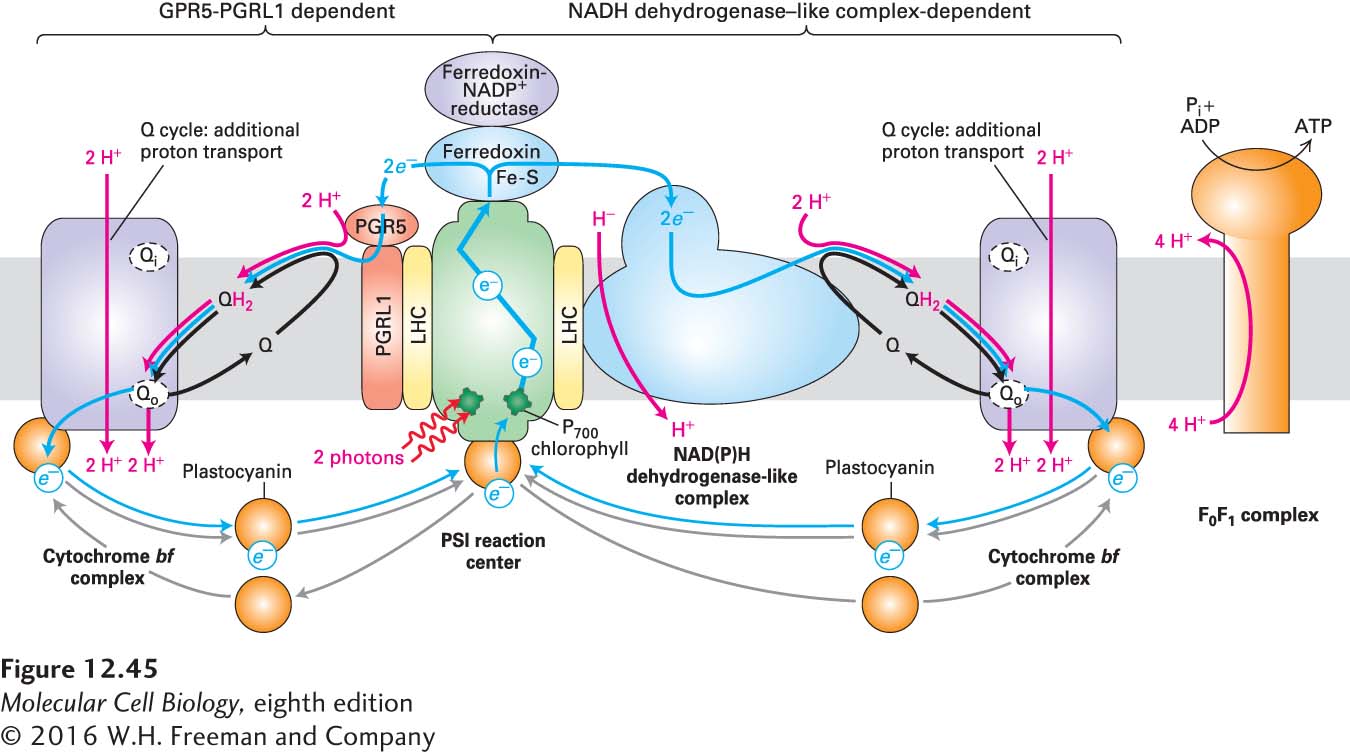
FIGURE 12- n- n- h- 5- e– 5- e– 2-